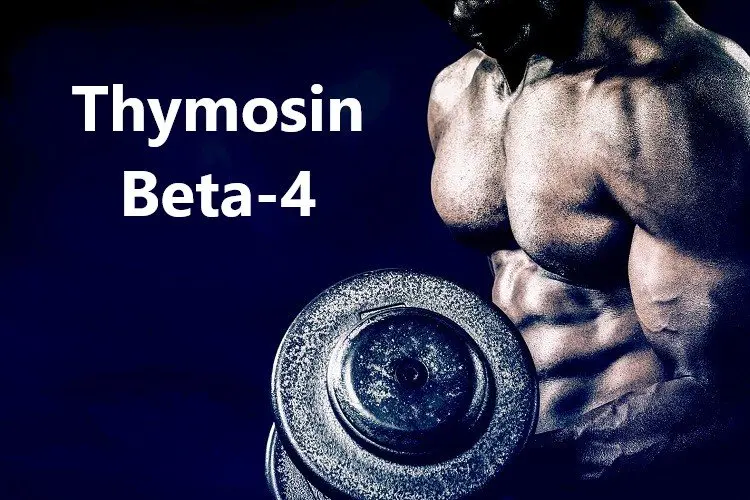What is Oxytocin?
 What is Oxytocin?
What is Oxytocin?
Oxytocin, often celebrated as the "love hormone" or "cuddle chemical, " has long intrigued both scientists and the public alike. While its name might conjure images of affection, warmth, and connection, oxytocin's role in the body and the mind is multifaceted and extends well beyond the simple domains of love and social bonding. This peptide hormone, which also acts as a neurotransmitter in the brain, plays a crucial role in various physiological and psychological processes, including childbirth, lactation, emotional bonding, and behavior.
The Discovery and Structure of Oxytocin
The journey into the discovery and understanding of oxytocin began in the early 20th century. It was initially recognized for its role in the female reproductive system, particularly in childbirth and nursing. Scientists Henry Dale and Otto Loewi, whose work on neurotransmission won them the Nobel Prize, were instrumental in the early studies of oxytocin. The hormone is synthesized in the hypothalamus, a small but crucial part of the brain that regulates numerous bodily functions. From its site of synthesis, oxytocin is transported to and stored in the pituitary gland, from where it is released into the bloodstream in response to specific stimuli.
Structurally, oxytocin is a small peptide composed of nine amino acids, making it a nonapeptide. This structure is quite similar to another hormone, vasopressin, with which it shares some functions, including the regulation of water retention and blood pressure. However, the roles of oxytocin are more broad and nuanced, especially concerning social and emotional behaviors.
Oxytocin in Childbirth and Lactation
One of the most well-documented roles of oxytocin is its involvement in childbirth. Oxytocin levels increase significantly during labor, stimulating contractions of the uterus to aid in childbirth. Its role doesn't end with delivery; oxytocin is also vital in the process of lactation. It promotes the let-down reflex, which is the mechanism that allows milk to flow from the mammary glands to the nipple. Through these roles, oxytocin facilitates a key aspect of reproductive success and offspring survival.
Beyond Reproduction: Oxytocin and Social Bonds
Oxytocin's influence extends beyond the reproductive system. It is intricately linked with social behaviors and emotional bonding. Research has shown that oxytocin is crucial for strengthening social bonds, whether they be between romantic partners, parents and their children, or even among members of a community. Animal studies, particularly those on voles, have highlighted how oxytocin can influence social attachment and monogamous pair bonding.
In humans, oxytocin is released during hugging, touching, and during intimate moments, which helps to foster trust and build stronger relationships. It's hypothesized to reduce anxiety and stress, promote positive social interactions, and even enhance empathy. This wide range of effects has led researchers to explore oxytocin's potential therapeutic applications for conditions characterized by social deficits, such as autism spectrum disorders.
The Complexity and Controversy of Oxytocin
While the benefits of oxytocin are widely celebrated, its story is not without complexity and controversy. Questions have been raised about the variability of oxytocin's effects among individuals, possibly influenced by genetic factors, personal history, and context. Not all studies have found consistent results regarding oxytocin's role in enhancing trust and empathy, suggesting that the hormone's effects may be more nuanced and conditional than previously thought.
Furthermore, the enthusiasm for oxytocin's potential as a therapeutic agent has led to a burgeoning market of supplements and products claiming to boost oxytocin levels. However, the efficacy and safety of such approaches remain under-studied and, in some cases, controversial.
Towards a Greater Understanding
Today, the quest to unravel the mysteries of oxytocin continues. Scientists are keenly investigating its pathways and mechanisms, aiming to better understand how oxytocin interacts with other hormones and neurotransmitters, how it influences the brain and behavior, and how these insights might be harnessed for therapeutic benefit. As our knowledge deepens, it becomes increasingly clear that oxytocin is more than just a simple "love hormone." It is a vital component of the complex web of interactions that underpin human emotion, behavior, and physiology.
In conclusion, oxytocin is a fascinating molecule that plays pivotal roles ranging from the biological processes of childbirth and lactation to the emotional realms of love, trust, and social bonding. Its story is a testament to the intricate ways in which our bodies and minds are intertwined. As research progresses, we may find that oxytocin has even more to teach us about the nature of human connection and the biological foundations of our social lives.
References:
Articles

Accutane is an effective, potent prescription drug made from isotretinoin. It is mainly used to treat severe nodular acne that has not responded to other treatments. It is most commonly found in pill form, although there are also topical forms of Accutane available. It can be an effective way to treat skin disorders like acne but also comes with potentially serious side effects. Therefore, Accutane should only be taken under the guidance of a qualified doctor.

Thymosin beta-4 is a small, naturally occurring 43-amino acid peptide first isolated from the thymus gland. Its discovery in the 1960s introduced it as a member of the thymosins, which were initially thought to be involved primarily in immune system development. However, as research progressed, the role of TB4 expanded vastly beyond the confinements of the thymus and immune modulation. Structurally, the ingenuity of TB4...

Trenbolone is a synthetic anabolic steroid derived from the naturally occurring steroid Nandrolone. It is known for its anabolic (muscle-building) and androgenic (masculinizing) properties, and has been used by bodybuilders and athletes for decades to help increase muscle mass, strength, and endurance. Trenbolone is considered one of the most powerful steroids available, and is often stacked with other compounds such as testosterone or...
Customers Feedbacks
Please leave your feedback on products or service below.
Thank you beforehand.


